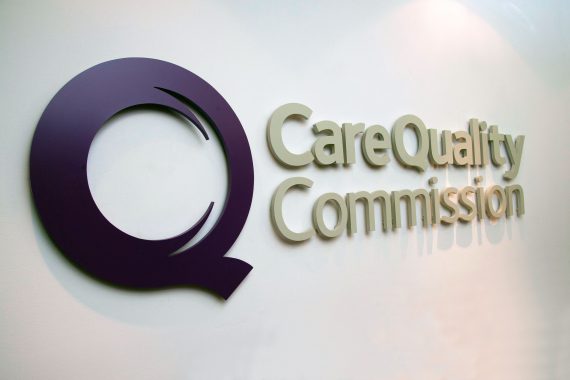Practices with larger lists set to see CQC fee increase under new formula

CQC fee changes will see increased fees for practices with larger patient lists, under a new formula.
The CQC has released the 2018/19 updated regulatory fees for providers, in which a formula based on the number of registered patients has replaced the previous banding system.
The new scheme, which will come into effect on 1 April, will mean that GP providers with one location and a patient list of 5,200 will see a fee decrease from £4,526 to £3,473.
Conversely, providers with two locations and lists of 10,000 and 8,300 will see a fee increase from £8,371 to £11,449.
Commenting on the reason behind the change, the CQC said: ‘Providers with two or three locations are charged significantly more than providers with one location even though they might look after a smaller number of patients overall.’
However, the consultation on the fees, which ran until January this year, found that only 40% of GP providers were in favour of this list-based approach.
Last year, a contract change saw CQC fees being reimbursed in full, a measure which should mean that these changes have no effect on a practice’s overall funding. But following the changes, the amount that must be payed out and reimbursed will alter.
GPC chair Dr Richard Vautrey said: ‘The fees will be fully reimbursed for practices in the coming year. However at a time when the NHS is under massive financial pressure, CQC needs to do far more to reduce their costs overall and in turn reduce the burden on practices of registration and inspection, something other parts of the UK seem to manage’.
In the letter to providers the CQC said that they are ‘continuing to make savings over the period to 2019/20. There will be a reduction of £32 million in the CQC budget for 2019/20 from 2015/16 when we began our four year spending review.
‘As set out in our strategy, we are also seeking to move to a more responsive, targeted and collaborative approach. As we progress towards this goal we are looking to keep our costs as low as possible and improve our efficiency and effectiveness. This will be reflected in our fees’.
At the same time, the Regulation of General Practice Programme Board released its statement on the shared view of quality in general practice.
It said: ‘By bringing together multiple definitions of quality, the Board can begin to reduce the workload and duplication for health care providers in providing evidence of outcomes for quality assurance.
‘This was a key aim set out in the General Practice Forward View (GPFV), NHS England’s strategy for GP services’.
The statement included ‘guiding principles’ developed to ensure that practices ‘remain founded on fundamental principles of quality’.
The key messages addressed working in teams, managing uncertainty and effective leadership at all levels.
Examples of CQC fee changes that providers can expect
- A community social care provider with one location and 15 service users will see their fee decrease from £2,192 to £926.
- A community social care provider with three locations and 50, 100 and 45 service users at each of the locations will see their fee increase from £6,093 to £9,643.
- An NHS trust with a turnover of £120 million will see their fee decrease from £158,902 to £85,200.
- An NHS trust with a turnover of £681 million will see their fee increase from £322,249 to £483,510.
- An NHS GP provider with 1 location and a patient list size of 5,200 will see their fee decrease from £4,526 to £3,473.
- An NHS GP provider with 2 locations and patient list sizes of 10,000 and 8,300 at each of the locations will see their fee increase from £8,371 to £11,449.
Source: CQC
Pulse July survey
Take our July 2025 survey to potentially win £1.000 worth of tokens











